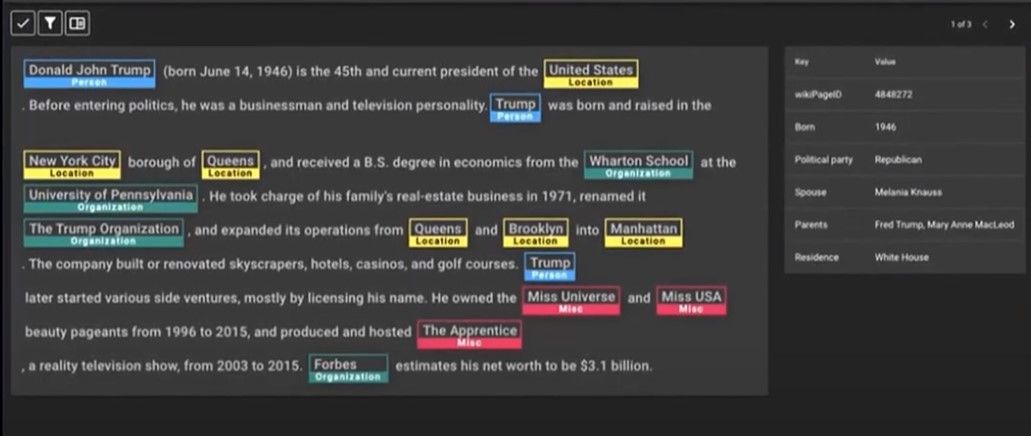Breaking Down The Different Types Of Data Annotation And What They Provide For Machine Learning

Video, image, and text annotation are three major types of content that data annotation services curate. Annotation is the process of labeling and organizing data so that you have more specific datasets for the AI model. The more refined the data you feed the AI, the more accurate and useful it becomes. It is the core of “machine learning” and opens an exponential number of possibilities for creative solutions to modern problems.
The Problem of Language: How Text Annotation Is Used To Create AI Chat
The depth and nature of language make it especially challenging for AI to replicate. If we just consider slang alone, each specific language has its own idiosyncratic phrases that can change on a month-to-month basis. The changing vocabulary can seem baffling if we look at any social media site or online community. This is why annotating textual data is important, giving AI models more precise data sets to achieve chat solutions.

There are a few major types of textual annotation that are commonly used. We’ll go over the major ones here to give a general overview:
- Entity Annotation: This is the process of labeling textual data with each word’s grammatical significance. Use it in document scanning AI to craft a text with a limited number of adverbs or remove fluff words with no grammatical significance to the sentence.
- Entity Linking: Linking is a process used to adjust for the idiosyncrasies in language. For example, suppose a particular phrase is one that is not meant to be taken literally. In that case, you can identify to the AI model that “this” phrase means “this” particular thing each use throughout the document.
- Text Classification: This technique is used to group blocks of text under a particular label, often classifying documents. It can identify types of documents for bureaucratic or official purposes.
- Linguistic Annotation: Audio files are the primary use for linguistic annotation. The different ways people speak are as varied as the language itself. This process labels audio files to help AI models understand natural pauses, slang, stress, and other verbal cues.
- Sentiment Annotation: This is another type of annotation that deals with the complexity of human language. It is used to assign emotions to text. Sarcasm, for example, can be a difficult idea for an AI to understand, so identifying passages as “sarcastic” can help the AI start to look for verbal cues and patterns that it is supposed to come across that way.
Video and Image Annotation: Find Patterns and Identify Objects
Video and Image annotation is used in a huge amount of ways, both for predictions and data collecting. We see it in everything from AI-driven cars to businesses identifying patterns in their marketing techniques. The amount of raw data gathered from CCTV or traffic cams alone is massive. That is why data annotation is so essential. It helps AI models learn to classify data and then find the relevant data for your specific problem.
There are many types of image and video annotation. We’ll go over some of the broadest categories to help you get an idea of the possibilities.
- Instance Annotation: This is a general annotation that has many different subsets. The overarching principle is that you can label every instance of an object in an image or video. This can be as general as drawing boxes around every vehicle or as specific as labeling each type of vehicle with its make and model. Considering the specifics of your need, the parameters of a data set will depend on the problem at hand.
- Bitmask Annotation: Bitmask annotation is an essential principle as it involves connecting objects that may be partially obscured. This is important as many images or videos aren’t going to be perfectly clear with no overlap. For example, if you hold out your arm behind a tree so that part of your arm is obscured from the camera, bitmask annotation would allow your hand and your body to connect them as the “same” object.
- Lane Annotation: A major technique in AI vehicle problems. This process tracks lanes on a road which can vary in meaning and function.
- Skeletal annotation: This process is essential in tracking the movement of the human body. It places lines along limbs and dots at the major joint intersections on our body. It is the core of facial recognition technology.
We’ve gone over just the most basic annotation types. Within these functions are dozens of specialized options used to solve the most complex problems we face today. Data annotation services can help guide you through these options, curating and creating data sets that are custom tailored for you!
Comments ()